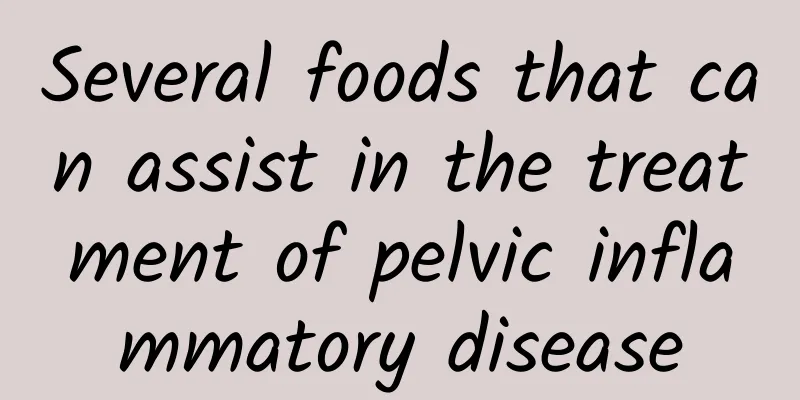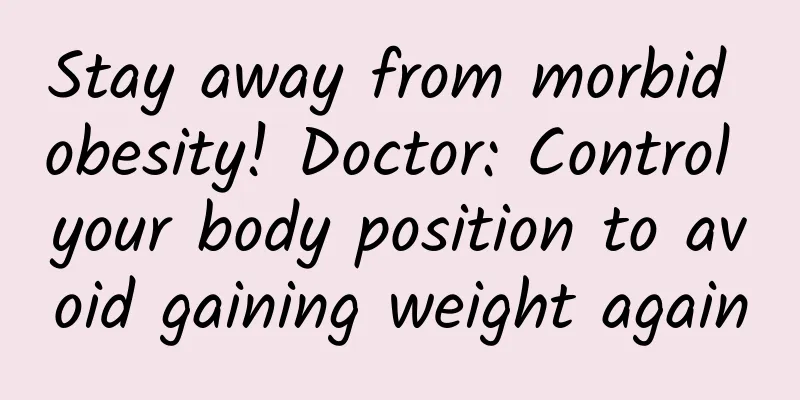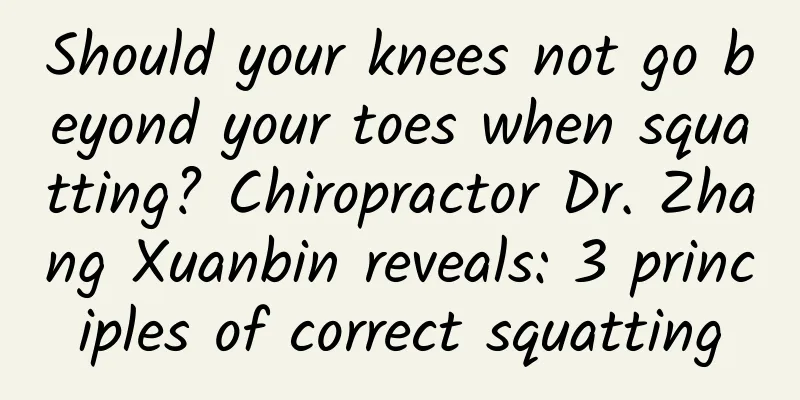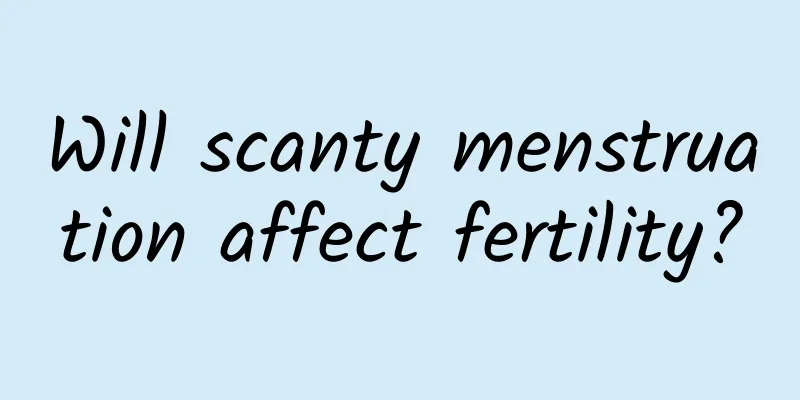What are the treatments for uterine fibroids? What are the dangers of uterine fibroids?
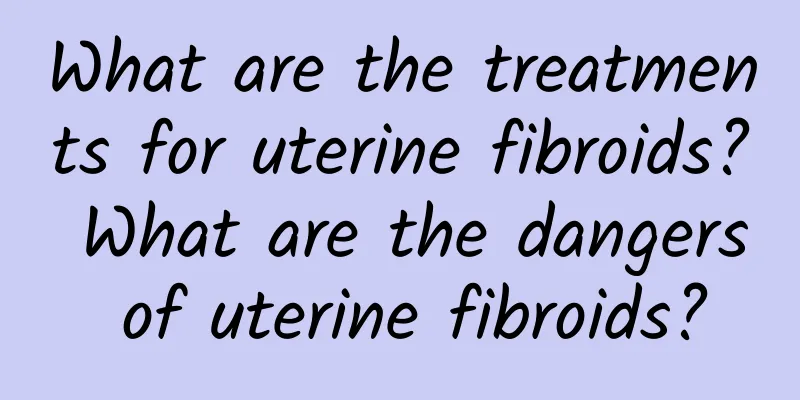
|
Uterine fibroids are a gynecological disease with a high incidence, but the incidence of pregnancy complicated by uterine fibroids is only 0.3% to 2.6%. Due to fetal problems, uterine fibroids during pregnancy have a great impact on the patient and the fetus. The size and location of fibroids have different effects on pregnancy, such as causing miscarriage or premature birth. Usually, if it is a single large or multiple submucosal or intramural fibroids, as the disease progresses, the enlarged fibroids will squeeze the uterus and cause the uterine cavity to deform, or cause the uterine cavity pressure to increase, triggering uterine contractions and causing miscarriage or premature birth. If the fibroids are located in the cervix or lower uterus or embedded in the pelvic cavity, it will affect the fetus' exposure to the pelvis or descent, causing obstructive dystocia. If not treated in time, it will endanger the life of the pregnant woman. Multiple uterine fibroids, especially poor uterine contraction, are an important cause of postpartum hemorrhage. Uterine infection and late uterine bleeding are caused by poor uterine recovery and poor lochia drainage. If uterine fibroids are found in the early and middle stages of pregnancy, attention must be paid to a series of complications caused by the growth of fibroids, especially red degeneration and various degenerative changes. Close monitoring and timely and effective treatment should be given, and the pregnancy should be terminated immediately if necessary to avoid endangering the life of the pregnant woman. Beware of the six dangers of uterine fibroids 1. Cause pain The pain is not obvious in the early stage, but as the fibroids grow, the patient may experience various compressive pains, which may manifest as lower limb edema or neuralgia, lower abdominal and back pain. 2. Abnormal leucorrhea Increased leucorrhea, such as increased leucorrhea caused by endometrial edema, bloody, smelly, and foul-smelling leucorrhea. Submucosal fibroids produce a large amount of bloody or smelly leucorrhea. 3. Secondary anemia Uterine fibroids can cause menstrual disorders. Long-term excessive menstruation can lead to secondary anemia and even anemic heart disease. In severe cases, symptoms may occur, such as general fatigue, pale complexion, shortness of breath, and palpitations. 4. Concurrent inflammation Bacterial bleeding and other causes lead to gynecological inflammation such as adnexitis and pelvic inflammatory disease. Complications of fibroids are mainly caused by tumor pedicle torsion or acute endometritis. Inflammation is sometimes purulent, and a few may form abscesses in the tissue. 5. Pedicle torsion Subserosal fibroids can twist at the pedicle, causing acute abdominal pain. If the tumor pedicle is severely twisted, a free fibroid may form due to the twisting of the tumor pedicle. 6. Cause malignant transformation Uterine fibroids are unlikely to worsen, but there is still a certain chance. Elderly patients, patients with large and fast-growing fibroids, especially those with fast-growing fibroids or postmenopausal fibroids, should be vigilant. What are the treatments for uterine fibroids? 1. Follow-up observation Patients with asymptomatic fibroids, especially those near menopause, can undergo follow-up examinations every 3 to 6 months. 2. Surgical treatment Surgical treatment is suitable for uterine fibroids greater than 10 weeks of pregnancy; menorrhagia, secondary anemia, ineffective drug treatment; bladder and rectal compression symptoms; cervical fibroids; rapid growth of fibroids, suspected malignant changes. Treatment can be performed by abdominal, vaginal or hysteroscopic and laparoscopic surgery, including myomectomy and hysterectomy. 3. Drug treatment It is mainly suitable for patients with fibroid pregnancy whose uterus is smaller than 2 months, whose symptoms are mild, whose menopause is near, and whose general condition is not suitable for surgery. The main treatment drugs include gonadotropin-releasing hormone analogs, mifepristone, etc. 4. Interventional treatment It is mainly suitable for patients with symptomatic uterine fibroids who do not need to preserve fertility but want to avoid surgery or have higher surgical risks. The indications should be strictly followed. |
<<: How to identify uterine fibroids? What should be checked before treatment of uterine fibroids?
>>: How to treat uterine fibroids? What is the best food to eat for uterine fibroids?
Recommend
Body shaping! Pelvic correction with a cloth pillow
In the practical section, we introduced how to co...
Good way to treat ectopic pregnancy
The treatment of ectopic pregnancy has always bee...
One month after abortion, the pregnancy test stick is one dark and one light
If the pregnancy test stick shows one dark and on...
What to use to clean vulva itching
Vulvar itching may be caused by a variety of reas...
Eating sandwiches for breakfast is healthy and helps lose weight? Nutritionist reveals: 5 sandwich fillings that won’t make you fat
Eating sandwiches for breakfast is convenient and...
Daily care methods for irregular menstruation
What are the nursing methods for irregular menstr...
Analyzing the causes of bacterial vaginosis
As society continues to progress, people's re...
Warning: What complications does chronic cervicitis cause?
Chronic cervicitis is one of the common gynecolog...
How to treat congenital absence of vagina
Can congenital absence of vagina be treated? Expe...
Empty your stomach! Burdock can help you lose weight and treat constipation, and it can also help you maintain smooth and beautiful skin.
The secret to a diet that makes you look younger ...
It is very important to do a good job of postoperative care for cervical hypertrophy
Everyone may know that effective care is the key ...
It is very important for patients with pelvic inflammatory disease to get more rest
It is very important for patients with pelvic inf...
How do patients with pelvic inflammatory disease survive?
Pelvic inflammatory disease seriously affects the...
Four groups of people who are prone to ectopic pregnancy
When the fertilized egg stays outside the uterine...
Vivian Hsu's 4-point weight loss expert: unhealthy
Vivian Hsu, 38 years old this year, has been in t...

